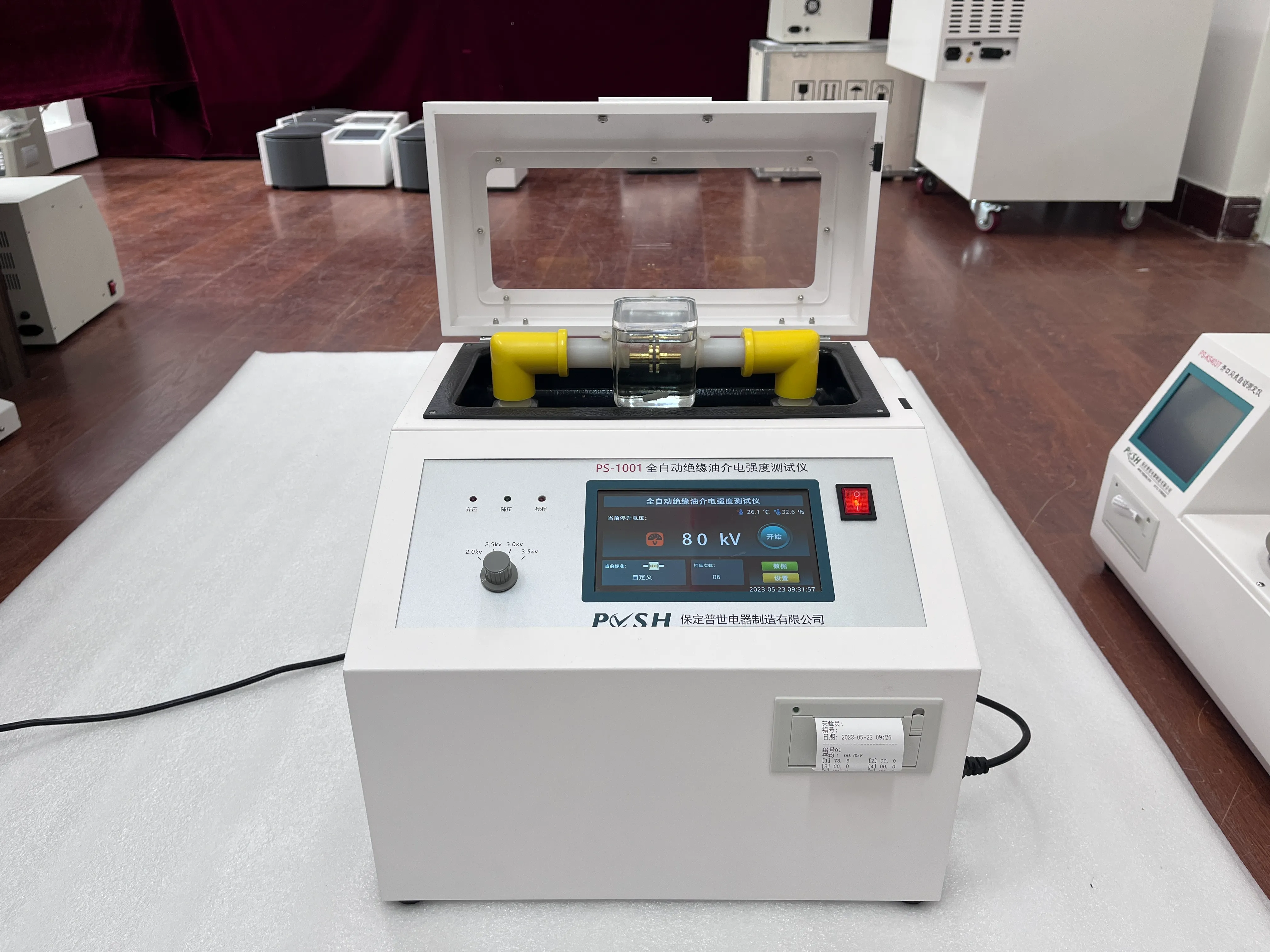 English
English


transformer oil level check
Checking Transformer Oil Levels A Critical Maintenance Task
Transformers are pivotal components in electrical systems, responsible for stepping up or stepping down voltage in power distribution. Ensuring their efficient operation is essential for maintaining the stability and reliability of electrical networks. One critical aspect of transformer maintenance is regularly checking the oil level. Transformer oil serves multiple functions, including insulation, cooling, and preventing oxidation, making its proper management crucial to the operational integrity of the transformer.
When checking the oil level in a transformer, operators must follow a systematic approach. First and foremost, safety precautions are paramount. Before commencing any checks, it is vital to ensure that the transformer is de-energized and properly grounded. This process mitigates the risk of electric shock and ensures the safety of personnel involved in the maintenance task.
Checking Transformer Oil Levels A Critical Maintenance Task
If the visual indicators show a low oil level, further investigation is required. Subsequent steps include checking for any potential leaks around the transformer. Leaks can occur due to aging seals, pipe fittings, or even structural issues within the transformer. Identifying and repairing such leaks promptly is crucial, as insufficient oil levels can lead to overheating, reduced insulation effectiveness, and, ultimately, transformer failure.
transformer oil level check

In addition to checking the oil level, it's essential to assess the quality of the transformer oil. Over time, transformer oil can degrade due to various factors, including thermal stress and contamination. A common method for testing oil quality involves using techniques like Dissolved Gas Analysis (DGA) or oil dielectric strength testing. These tests can help identify any undesirable changes in the oil composition, such as the formation of gases due to overheating or the presence of moisture, which can compromise insulation properties.
If the oil level is found to be low and the quality of the oil is satisfactory, adding new oil must be done carefully to maintain the appropriate mixture and characteristics. It’s essential to use oil that meets the transformer’s specifications as outlined by the manufacturer to ensure compatibility. Typically, oil can be added through designated ports, ensuring that air contamination is minimized during the process.
Lastly, maintaining an accurate log of oil level checks and any oil additions is crucial for ongoing maintenance efforts. This log assists in tracking oil consumption patterns and identifying potential issues early on, such as leaks or excessive degradation.
In conclusion, regularly checking transformer oil levels is a critical maintenance task that ensures the efficient and safe operation of transformers. By following safety protocols, conducting thorough inspections, and maintaining high oil quality, operators can significantly reduce risks associated with transformer failure and prolong the lifespan of these essential electrical components. Investing time in this fundamental aspect of transformer maintenance ultimately leads to enhanced reliability and efficiency within the power distribution network.
-
Differences between open cup flash point tester and closed cup flash point testerNewsOct.31,2024
-
The Reliable Load Tap ChangerNewsOct.23,2024
-
The Essential Guide to Hipot TestersNewsOct.23,2024
-
The Digital Insulation TesterNewsOct.23,2024
-
The Best Earth Loop Impedance Tester for SaleNewsOct.23,2024
-
Tan Delta Tester--The Essential Tool for Electrical Insulation TestingNewsOct.23,2024





